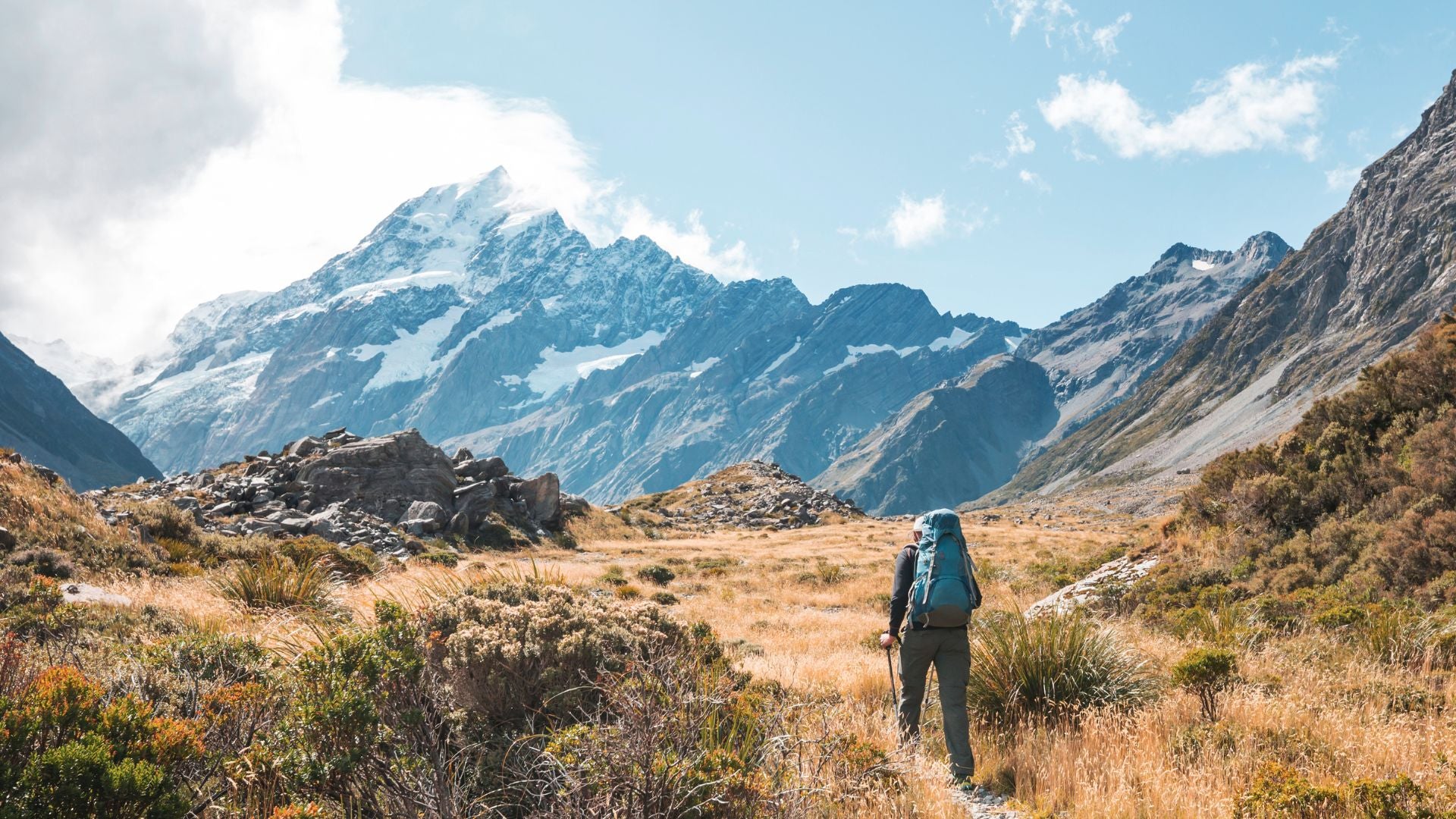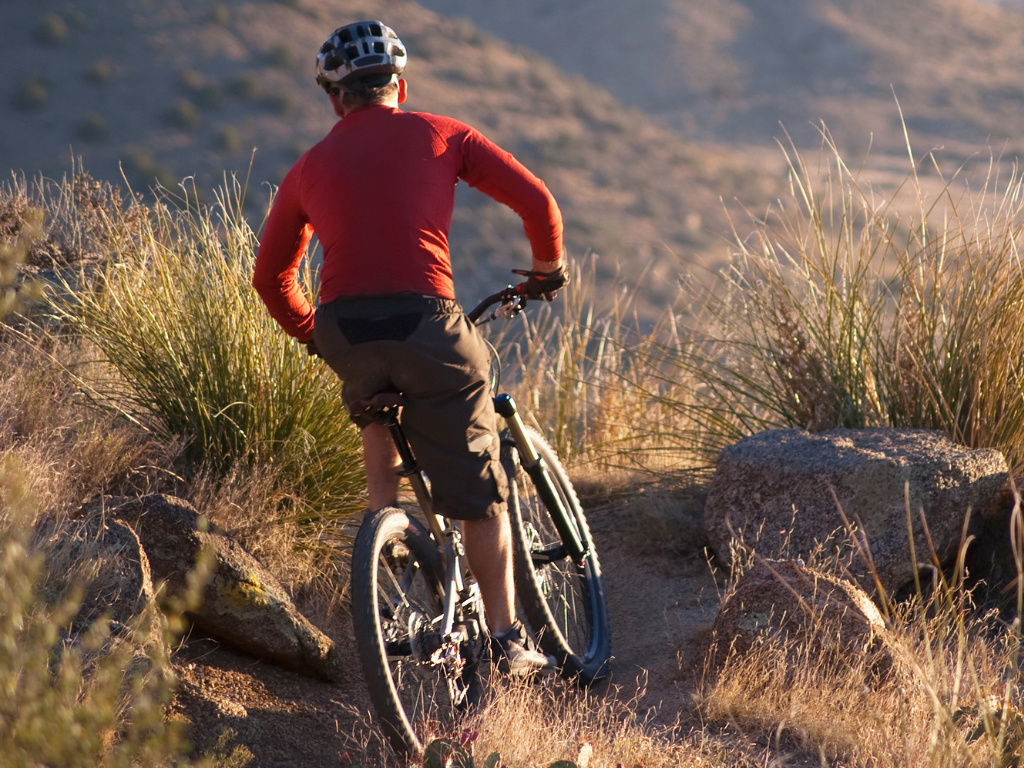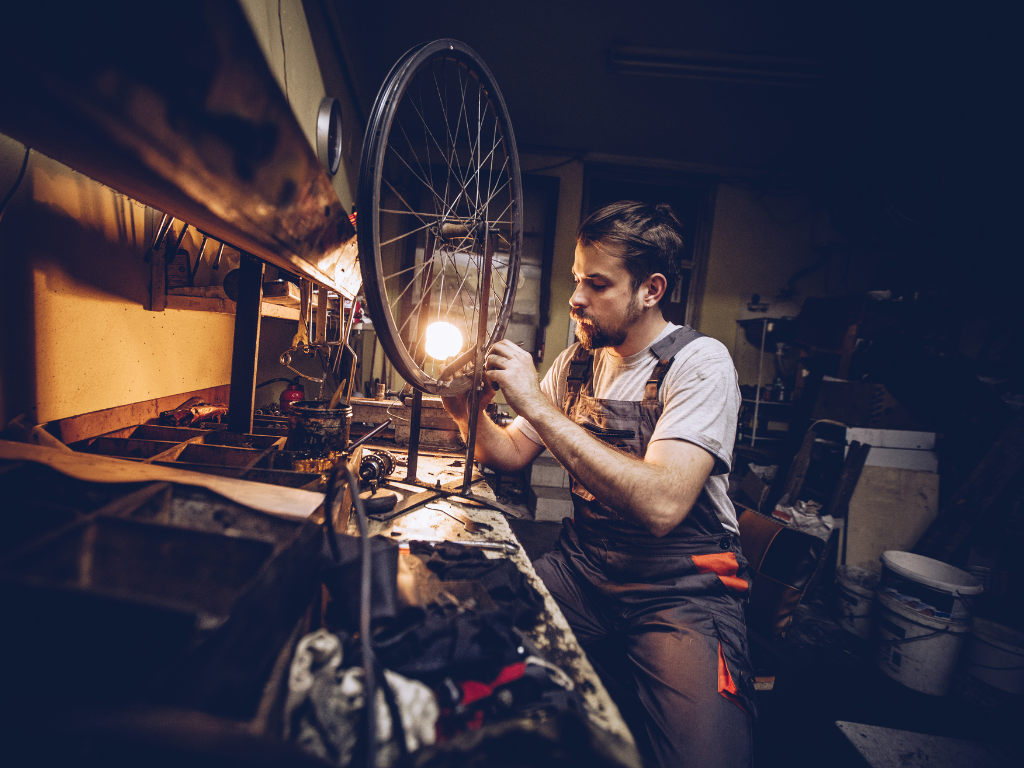
How To Choose A Sleeping Mat For Hiking, Camping, or Bikepacking
Like any mountain adventure, choosing the right gear isn’t a straightforward process. There are many factors you need to consider. With sleeping mats for hiking, camping, and bikepacking you need to evaluate the following information against these key considerations:
‘Where, when and how do you want to use your camping mat? What kind of sleeper are you?’
So let’s get into it. The first thing to know is that there are five types of sleeping mats.
Self-Inflating Mats
This option is durable, very easy to set up, pack down small, and can be very comfortable, and nice and warm. This Thermarest Neo xLite is the most versatile option you can buy.
Insulated Air Mats
These give you an excellent mix of warmth and comfort at low weight. This Nemo Tensor is a brilliant three season sleeping mat. They can puncture though, so you need to be careful where you lay them down and bring a repair kit.
Non-Insulated Air Mats
This type of sleeping mat is the way to go if you want maximum lightness, so they’re great for adventure racers and hardcore back country hikers who value weight above comfort, warmth, and durability.
Closed-Cell Foam Mats
Closed cell sleeping mats like the Thermarest Z-Lite are stable and durable, making them great if you’re heading into the back country. Their downside is that they are a little bulky and not super comfortable.
Foam Rolls
These are sleeping mats at their most basic. They’re very light, but bulky. This thermal silver option from Kiwi Camping is coated with a reflective material to keep the cold away from your body in harsh conditions. They’re best for people who don’t mind sleeping on harder surface, or if you’re on a limited budget as they are the cheapest option by far.
Warmth
You’ll see that quality sleeping mats have an R-value, which gives you an indication of how warm a mat will be. Look for an R-value of 1.0 to 2.0 for summer use. A rating of 3.0 is suitable for three-season camping, and 4.0 to 5.0+ is for winter camping. This Thermarest NeoAir sleeping mat has a rating of 4.5 for year-round comfort.
If you feel the cold at night go for a higher R-value, but remember your sleeping mat is part of a sleep system that includes what you wear to bed, sleeping bag, tent or shelter, the surface you’re sleeping on and expected overnight temperature. It should all work together.
Size and Weight
Weight and pack size might be the most or least important factor depending on the intended use of your sleeping mat. For reference, the Thermarest Neo Air mentioned above weighs 480 grams with its bag, which is quite light for a mat with its comfort and warmth.
Since space is always at a premium in your backpack or bike bags, a three-season mat should have a packed volume of under two litres. Closed-cell foam mats are bulkiest, so most backpackers just strap them to the outside of their pack.
So that’s an introduction to the world of sleeping mats. For any more information just ask one of the passionate mountain adventurers at Outside Sports in Queenstown, Wanaka, Tekapo or Te Anau. They know what they’re talking about because we use the products we sell in our own adventures. If you can’t make to a store, please reach out to us at info@outsidesports.co.nz or through our socials on Facebook and Instagram.



